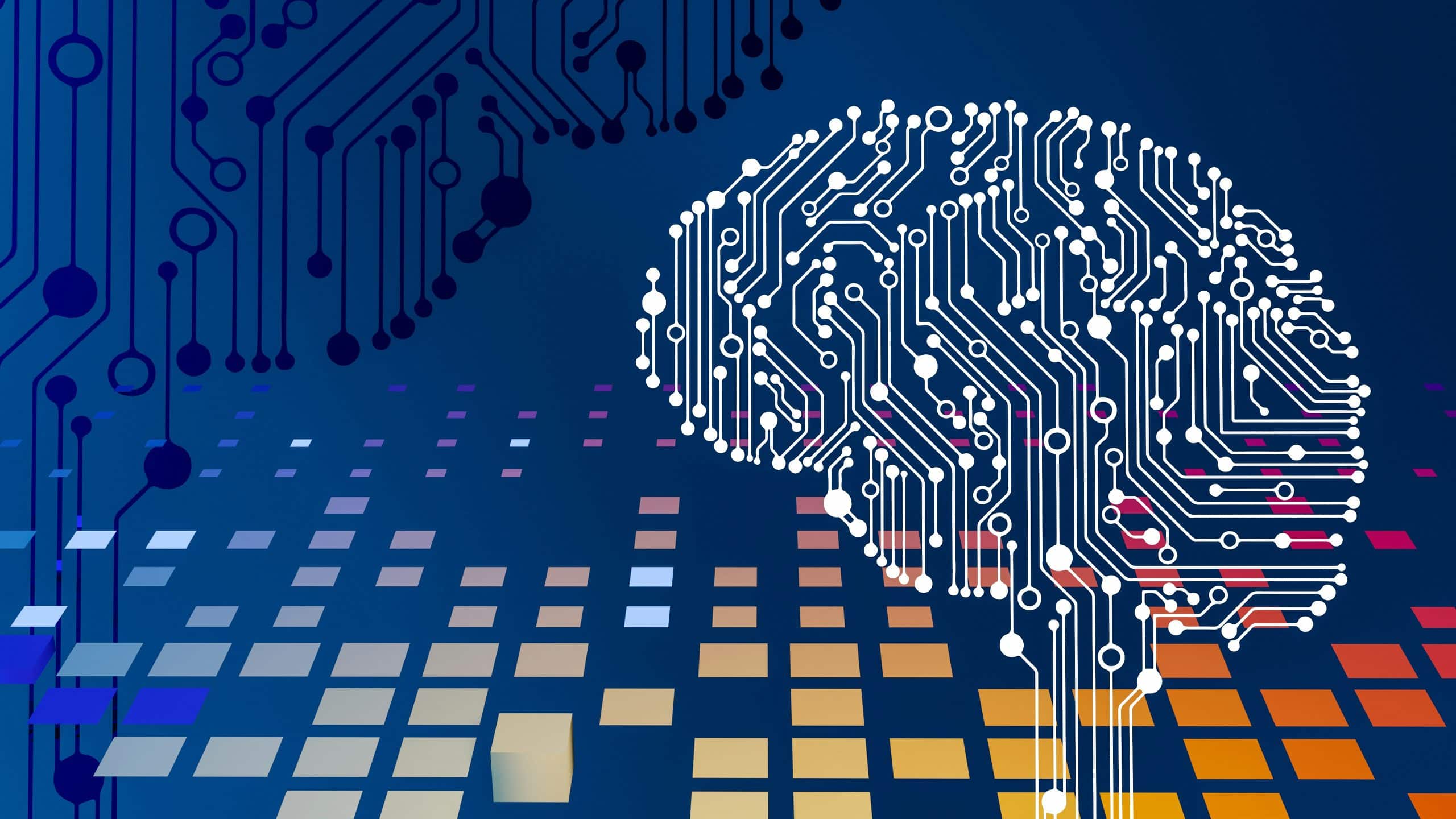How Can AI-Powered Tools Improve Accessibility for People with Learning Disabilities?

In an age where technology is increasingly embedded in our daily lives, the potential for leveraging artificial intelligence (AI) for greater accessibility is a tantalizing prospect. It’s time to explore how AI-powered tools can improve accessibility for people with learning disabilities. We’ll delve into the transformative potential of AI in education, healthcare, and everyday life, and discuss specific AI tools designed to empower individuals with learning disabilities.
AI in Education: A Level Playing Field
In the field of education, AI has the potential to change the game for people with learning disabilities. By tailoring learning experiences to meet individual needs, AI can create a level playing field for all students. It’s not just about making education more accessible; it’s about making it more inclusive.
En parallèle : The skills needed to become a chatbot expert
One of the ways AI can do this is through personalized learning tools. These tools use algorithms to adapt learning materials to a student’s individual learning style, pace, and ability. This allows students with learning disabilities to learn in a way that suits them best, turning potential obstacles into opportunities. For example, applications like Microsoft’s Immersive Reader use AI to break down written text into easy-to-understand chunks, highlighting nouns, verbs, and adjectives in different colors to assist with comprehension. In addition, it reads text aloud to benefit auditory learners.
AI in Healthcare: Enhanced Diagnosis and Treatment
AI is also making a significant impact in healthcare, particularly in the diagnosis and treatment of learning disabilities. By analyzing data from multiple sources, AI can not only identify learning disabilities at an early stage but can also suggest customized treatment plans.
Avez-vous vu cela : How Is Technology Enabling Smarter and More Responsive Building Design?
In the medical world, AI machine learning algorithms sift through vast amounts of data to recognize patterns that might be indicative of specific learning disabilities. This can lead to earlier and more accurate diagnoses, which in turn can lead to more effective treatment. A notable example of an AI tool in this area is IBM Watson, which uses AI to analyse a patient’s speech patterns, motor skills, and cognitive abilities to help diagnose conditions like dyslexia or ADHD.
Moreover, AI can be used to develop and recommend personalized treatment plans based on an individual’s unique set of symptoms and learning style. This could involve recommending specific teaching methods, therapy programs, or even AI-powered apps designed to help manage symptoms.
AI in Everyday Life: Empowering Independence
When it comes to everyday life, AI can empower people with learning disabilities by helping them to live more independently. There are numerous AI-powered devices and tools designed to assist with everyday tasks, promoting independence and self-sufficiency.
Voice-activated assistants like Amazon’s Alexa or Google Home are excellent examples. These devices can help individuals with learning disabilities perform tasks like setting reminders, creating shopping lists, or even navigating the internet. The hands-free, voice-activated nature of these tools removes barriers and simplifies tasks, making them more manageable and less stressful.
Similarly, AI-powered apps like Seeing AI can help visually impaired individuals interpret the world around them. This app uses AI to describe people, text, and objects, effectively acting as a visual aid.
The Ethics of AI: Balancing Benefits and Risks
While AI holds immense potential for improving accessibility for people with learning disabilities, it’s crucial to consider the ethical implications. AI systems rely heavily on data for their operation, and this raises issues such as privacy and security.
It’s essential to ensure the data used by AI systems is collected and stored securely, respecting individuals’ privacy rights. Moreover, there must be safeguards in place to prevent misuse of AI technology. For instance, AI should not lead to discrimination or unfair treatment of individuals with learning disabilities.
Additionally, while AI can provide personalized learning experiences, care must be taken to ensure that this does not lead to segregation or isolation. The goal should always be inclusion and integration, ensuring individuals with learning disabilities are a part of mainstream society, not separate from it.
In conclusion, AI has the potential to significantly improve accessibility for people with learning disabilities. Whether it’s in education, healthcare, or everyday life, AI can level the playing field, enabling individuals with learning disabilities to participate fully in society. However, as with any technology, it’s critical to balance the benefits with potential risks, always with an eye on maintaining ethical standards.
AI-Powered Assistive Technology: Creating a World of Accessibility
In the realm of assistive technology, artificial intelligence is helping create a world that is more accessible for people with learning disabilities. Numerous AI-powered tools and devices are being developed that can aid individuals with visual or hearing impairments, cognitive issues, and other learning disabilities, enriching their experiences in real time.
Speech recognition and text-to-speech technologies are vital examples of how AI is improving accessibility for the hard-of-hearing and the visually impaired. In essence, these technologies convert spoken language into written text and vice versa, allowing people with hearing or visual impairments to communicate effectively and access online content more easily. For instance, Google’s Live Transcribe app uses AI to provide real-time transcriptions of spoken conversations, making it easier for deaf or hard-of-hearing individuals to follow along.
AI also aids in providing audio descriptions for visually impaired individuals. These descriptions narrate what is happening visually in a video or live performance, providing context and enhancing understanding for those who might not be able to see the action. AI algorithms are being developed to generate these descriptions automatically, improving the accessibility of visual media.
Furthermore, AI is being used to develop adaptive learning systems. These systems can adjust their methods based on the learner’s needs, providing personalized learning experiences for students with learning disabilities.
Conclusion: Balancing AI-Powered Accessibility and Inclusivity
The integration of AI into our lives promises a more accessible world for people with learning disabilities. It offers the potential to break down barriers and level the playing field, enabling individuals with disabilities to engage more fully in all areas of life.
However, while celebrating the achievements of AI in improving access and inclusivity, it’s also essential to acknowledge and address the potential risks. Data privacy, security, and ethical use of AI technologies are paramount considerations. Also, while personalized AI-powered tools can help individuals with disabilities to engage and learn in ways that suit them best, these should not lead to isolation or segregation. The goal of assistive technology should always be greater integration, promoting a sense of belonging for disabled people in all aspects of society.
The world of artificial intelligence is ever-evolving, and its potential to enhance accessibility for people with learning disabilities is vast. However, it’s crucial to proceed with care, ensuring the benefits of AI are harnessed responsibly and ethically, with a constant focus on promoting inclusivity and respect for all individuals.
In the end, the objective is not just to provide accessibility but to cultivate inclusivity, creating an environment where everyone, regardless of their learning abilities, can participate and thrive. In this way, AI can truly empower people with learning disabilities, transforming their lives and society as a whole.
